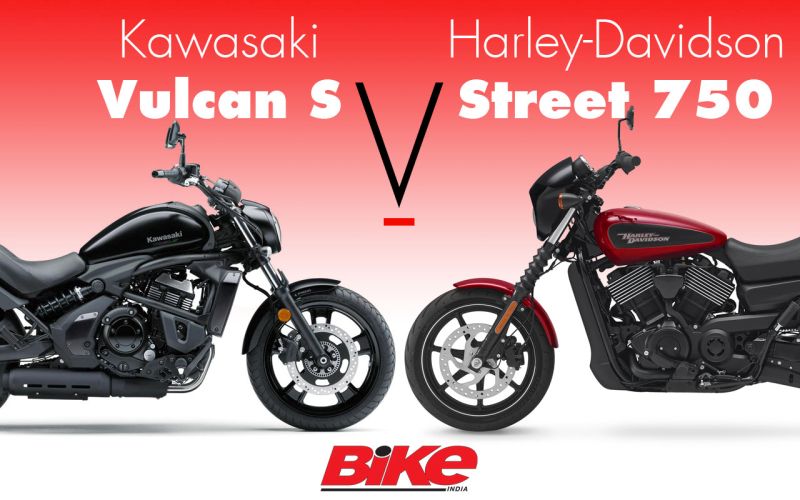
Kawasaki have started their new year right with the attractively-priced Vulcan S. [Read more…] about Spec Comparo: Kawasaki Vulcan S and Harley-Davidson Street 750
Best Bikes in India | No.1 Two Wheeler Magazine

Kawasaki have started their new year right with the attractively-priced Vulcan S. [Read more…] about Spec Comparo: Kawasaki Vulcan S and Harley-Davidson Street 750
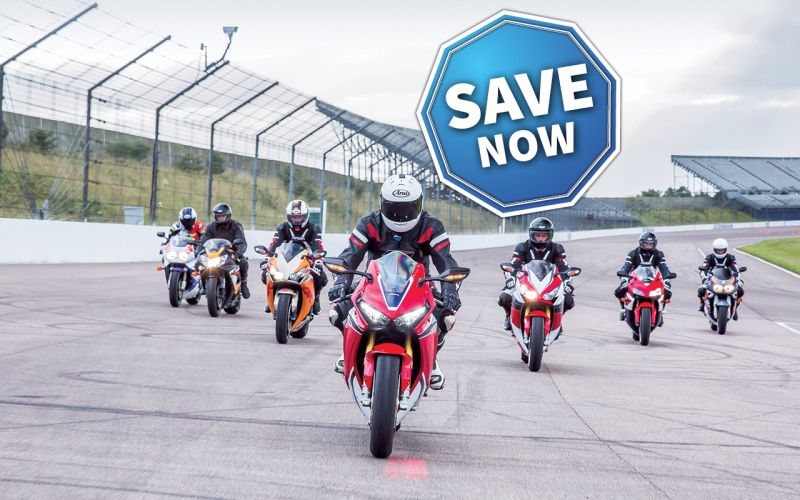
Buying a two-wheeler is one of the major financial decisions most of us have to make, barring, of course, those who are born with a silver or gold spoon in their mouths. [Read more…] about Save Money on Buying a Two-wheeler
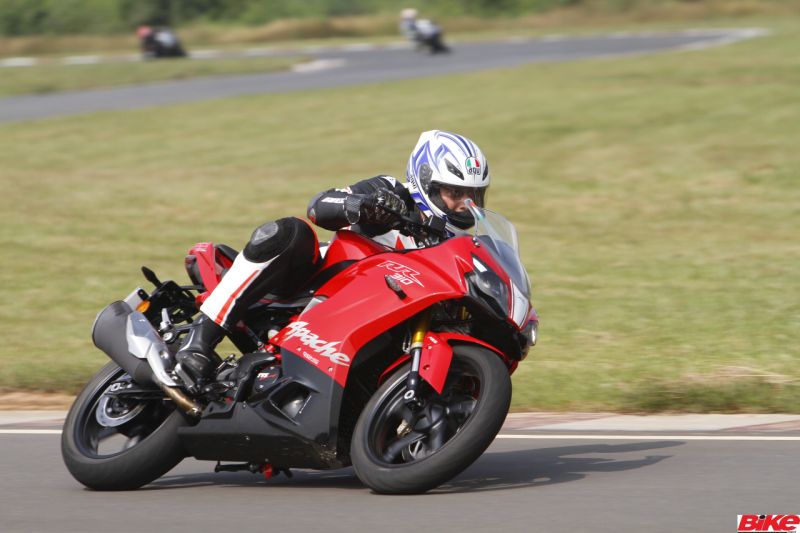
The Apache RR 310’s aerodynamic design is inspired by the shark. [Read more…] about A Brief Look at the TVS Apache RR 310
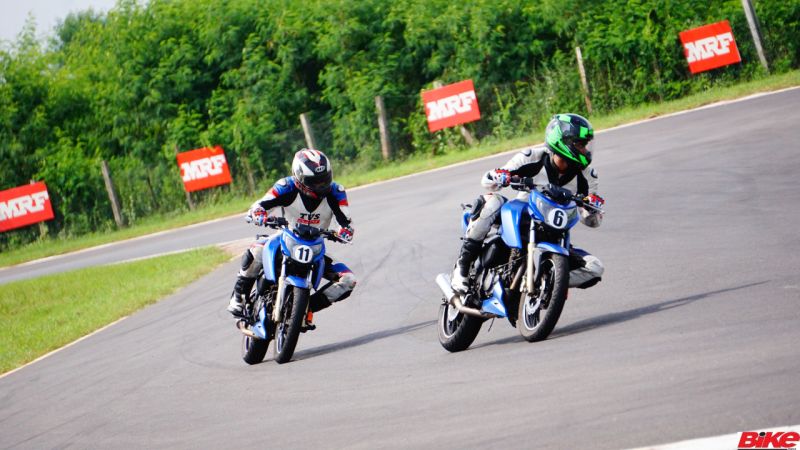
A season of learning and experience draws to a close [Read more…] about TVS Young Media Racer Programme – The Culmination
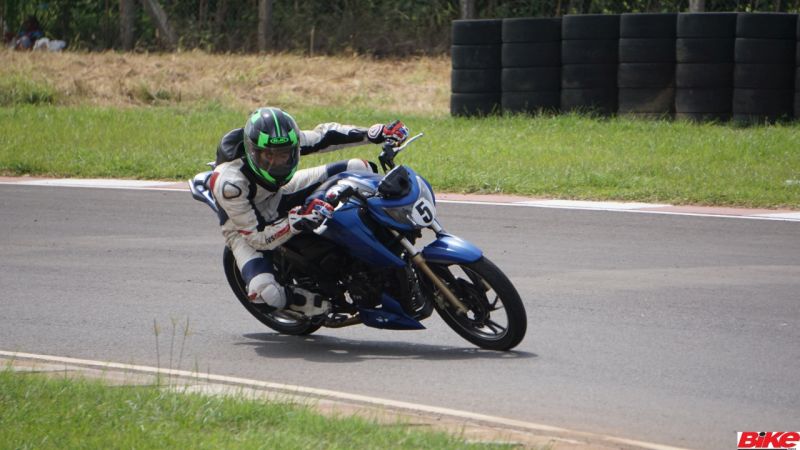
Armchair racing is easy. Fighting for eight laps to cross the line is not [Read more…] about TVS Young Media Racer Programme Round Three – Fight Until the Chequered Flag